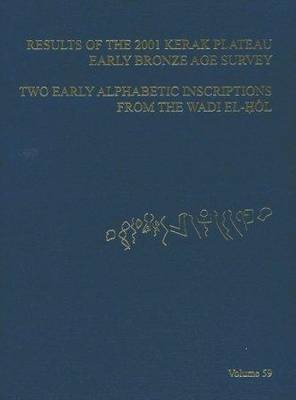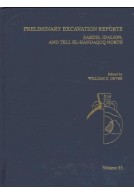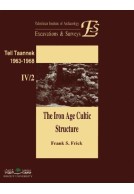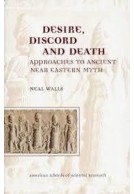ASOR Annual 59 Part I (Hardback)
Results of the 2001 Kerak Plateau Early Bronze Age Survey; Part II
Imprint: American Schools of Oriental Research
Series: Annual of ASOR
Pages: 144
Illustrations: Includes 22 figures and 13 plates. 144p, illus.
ISBN: 9780897570718
Published: 31st December 2005
Script Academic & Professional
Series: Annual of ASOR
Pages: 144
Illustrations: Includes 22 figures and 13 plates. 144p, illus.
ISBN: 9780897570718
Published: 31st December 2005
Script Academic & Professional
You'll be £5.00 closer to your next £10.00 credit when you purchase ASOR Annual 59 Part I. What's this?
+£4.99 UK Delivery or free UK delivery if order is over £40
(click here for international delivery rates)
Order within the next 11 hours, 8 minutes to get your order processed the next working day!
Need a currency converter? Check XE.com for live rates
(click here for international delivery rates)
Order within the next 11 hours, 8 minutes to get your order processed the next working day!
Need a currency converter? Check XE.com for live rates
Part I presents the results from the 2001 research project combining surface surveys and limited test excavations at eight Early Bronze Age (c. 3600-2000 BC) settlement sites identified in a previous survey by Miller (1991) on the Kerak Plateau. The team collected data to determine the suitability of these sites for a future, multi-year research project, and to assess the applicability of an alternative perspective for reconstructing the nature of the earliest walled towns in the southern Levant. Aside from documenting the state of preservation of these sites, the proposed research sought to evaluate propositions about (1) the nature of the chronological development of urbanism within the region, and (2) the relationship between environmental and ecological zones and the scale of urban settlements in the region. Includes 27 figures. Part II is the editio princeps of two early alphabetic inscriptions discovered by John and Deborah Darnell along the Farshut Road, Wadi el-Hol, near Luxor, Egypt. The work includes photographs, drawings and discussions of the inscriptions, together with a discussion of the source of the signs and significance of the find. The authors argue that the discovery of these inscriptions points to the origins of the alphabet in an Egyptian context as long ago as 2000 BC.
Other titles in the series...
Other titles in American Schools of Oriental Research...














